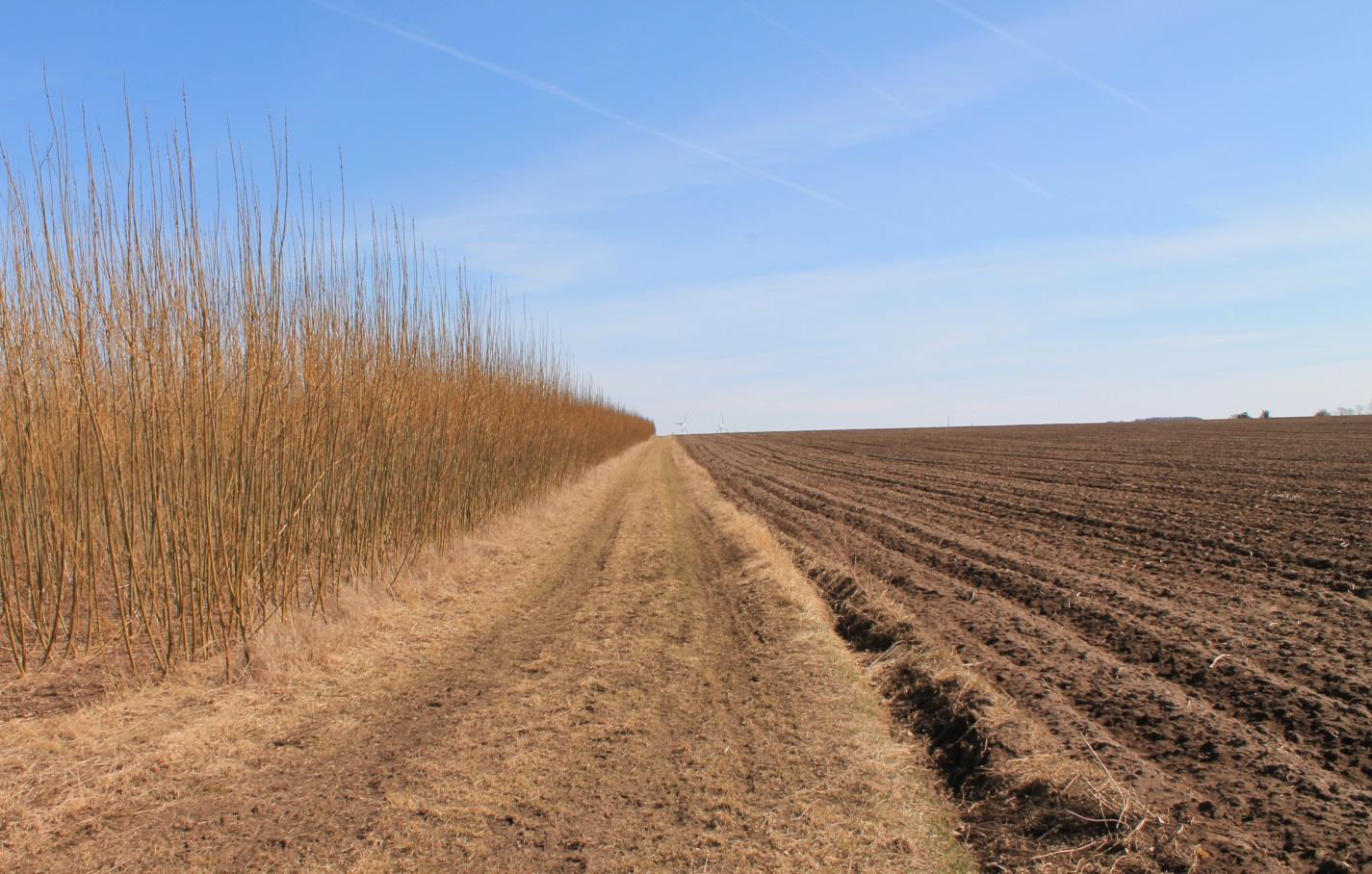Universitetsavisen
Nørregade 10
1165 København K
Tlf: 21 17 95 65 (man-fre kl. 9-15)
E-mail: uni-avis@adm.ku.dk
Ph.d.-forsvar
Ph.d.-forsvar — PhD defence: Petros Georgiadis, IGN
Date & Time:
Place:
Aud. A3-24.11, Department of Geosciences and Natural Resource Management, Rolighedsvej 23, 1958 Frederiksberg C
Hosted by:
Section for Forest, Nature and Biomass at Department of Geosciences and Natural Resource Management
Cost:
Free
Petros Georgiadis defends his thesis,
Willow and poplar for bioenergy on former cropland – Biomass production, soil carbon, nutrients and water
Supervisors:
Professor Karsten Raulund-Rasmussen, Department of Geosciences and Natural Resource Management
Associate Professor Inge Stupak, Department of Geosciences and Natural Resource Management
Assessment Committee:
Professor Jørgen E. Olesen, Aarhus University
Researcher Lars Rytter, Skogforsk (Forestry Research Institute of Sweden)
Professor Per Gundersen (chair), Department of Geosciences and Natural Resource Management
Summary:
Climate change is one of the 21st century’s greatest challenges and calls for immediate action through the implementation of mitigation strategies.
A shift from fossil fuel to renewable energy is a key factor for reducing greenhouse gas emissions to the atmosphere, with bioenergy being the predominant sector of renewables in the current European and global energy markets. Dedicated energy crops, such as short rotation woody crops (SRWC), are promising bioenergy feedstock in southern Scandinavia due to their high yields. Such cropping systems have high demands for land, water, and nutrients and therefore, along with high yields, it is necessary to maintain low environmental impacts. The objective of this thesis was to assess biomass production of SRWC established on former cropland, and further identify the effects of these systems on soil, water and nutrients during the first two decades after establishment. Two fertilization trials were established on nutrient-rich soils; one in short rotation coppice (SRC) willow and one in short rotation forest (SRF) poplar. The trials provided results on biomass production, water fluxes, and nutrient leaching and budgets under different fertilization regimes, and allowed comparisons between the two cropping systems. In addition, a soil survey was conducted in SRC willow and SRF poplar stands, to assess the accumulation of soil organic carbon and changes in soil properties after conversion.
The results indicated that the potential for biomass production in unfertilized SRC willow was greater than in unfertilized SRF poplar during the first decade, but the overall production was substantially higher in SRF poplar over two decades. Annual fertilization corresponding to 60 kg N ha-1 yr-1 in SRC willow increased biomass production by 33%, after which the biomass production was comparable to the unfertilized SRF poplar over two decades. Fertilization of the SRF poplar on the other hand, showed inconsistent effects on biomass production.
Differences in temporal biomass production patterns between SRC willow and SRF poplar had further implications for the nutrient and water demands of the trees.
The water requirements of SRWCs are generally high, and high evapotranspiration rates in both
SRC willow and SRF poplar decreased deep percolation, which along with low N concentrations led to low N leaching. Excessive N leaching was only observed when SRC was fertilized with high doses of mineral fertilizer corresponding to 240 or 360 kg N ha-1 per rotation. Comparison of adjacent cropland and SRWC stands indicated that soil organic carbon contents increase in the former plough layer after conversion of cropland to SRWC, with no difference found between SRC willow and SRF poplar.
The results from SRC willow trial indicated that suitable fertilization regimes on nutrient-rich soils can further stimulate biomass production, have low leaching rates, and maintain soil nutrient stocks balanced between inputs and outputs. The effects of fertilization on biomass production of SRF poplar were not consistent, indicating that further research is recommended, for improving the fertilization regimes in such plantations.
Cropland conversion to SRWC had overall limited undesired impacts on the soil, and nutrient fluxes. There were no substantial differences between SRC and SRF for any of the examined soil parameters. The timing for desired biomass harvests and management intensity remain the main factors of establishment of either of the two cropping systems.
The thesis is available for inspection at the PhD administration office 03.1.353 at Øster Voldgade 10
